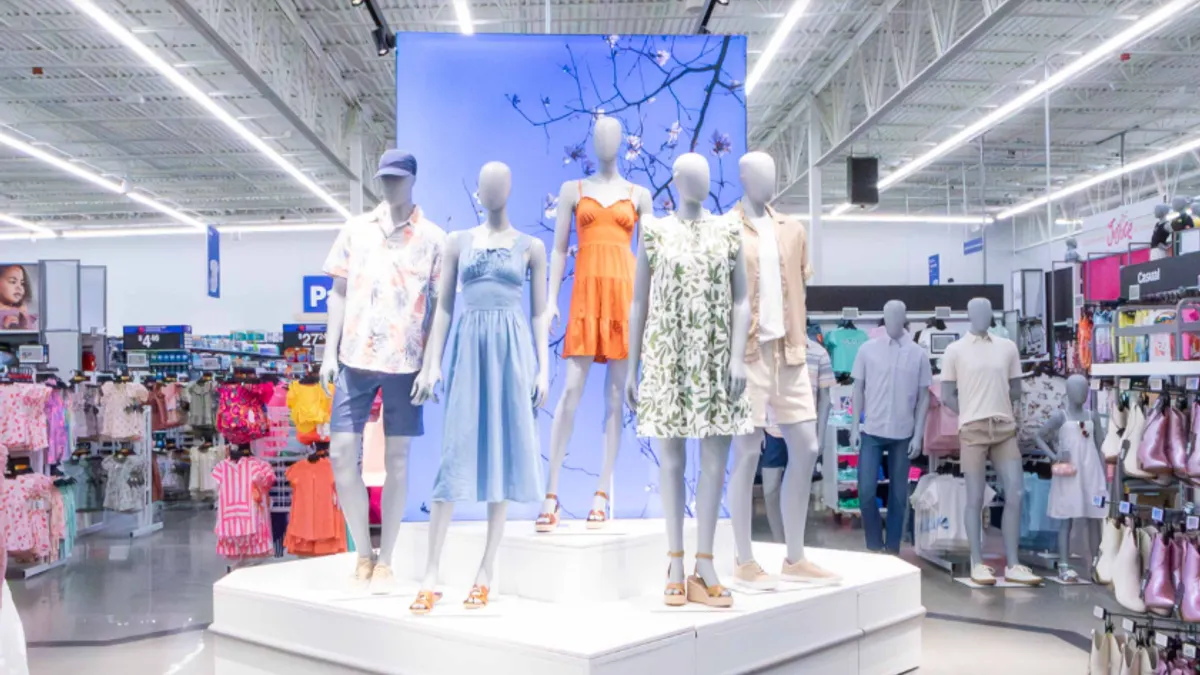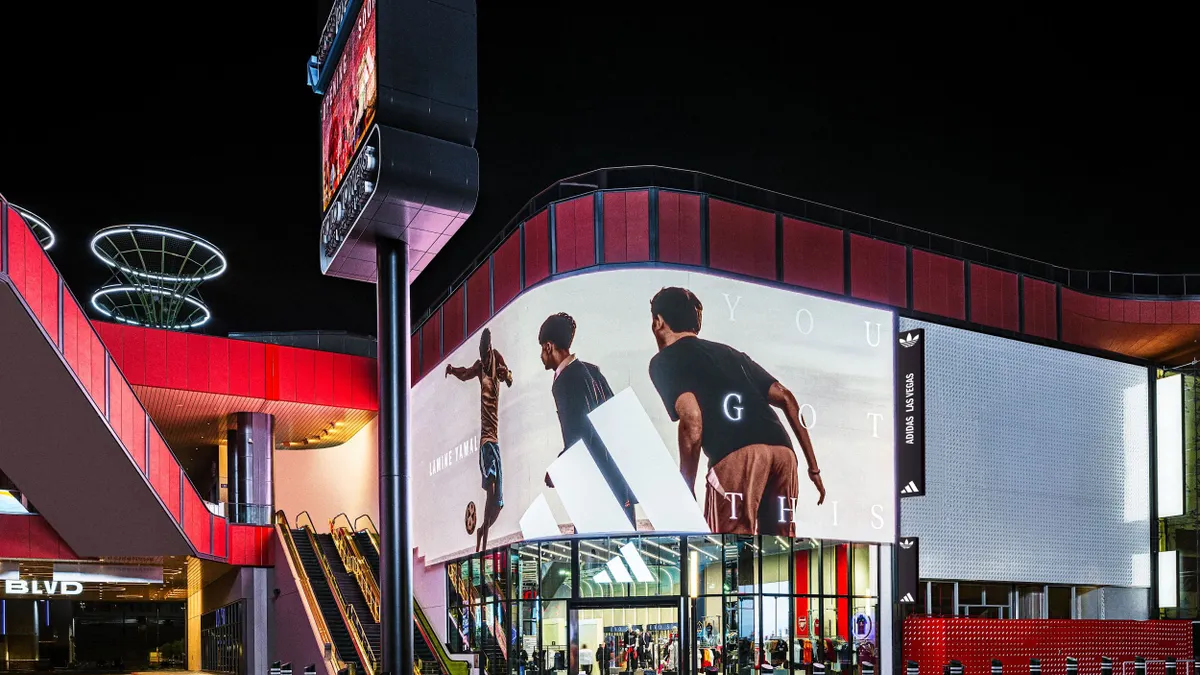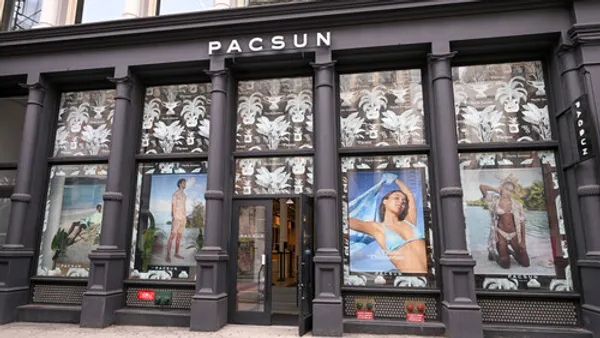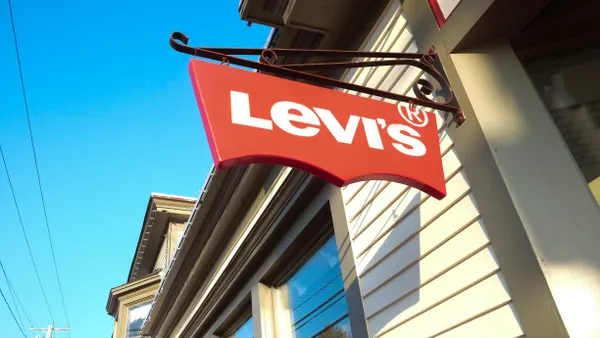Dive Brief:
- Part of a larger multimillion-dollar modernization plan, Walmart opened its first ground-up Supercenter store in four years and its first under the “Store of the Future” model in the U.S., according to a Wednesday press release.
- The new space — located in Cypress, Texas — features a full-service fuel station, an updated vision care center, storewide digital shelf labels and more. Additionally, the store caters to regional preferences with additions such as a Hispanic bakery section and a fresh tortilla maker.
- The retailer plans to open four additional Supercenters across the U.S. in 2025 and convert two existing stores into full Supercenters.
Dive Insight:
Walmart is going big on store innovation as it acts on its 2025 growth plans.
"This store was built with the customer in mind,” Walmart U.S. CEO John Furner said in a statement. “It’s part of a larger transformation happening across our stores as we reimagine what shopping looks like for the future."
The Cypress Supercenter offers the ability for customers to schedule TV mounting, update registries and book tire installation via the retailer’s app. It also features “elevated departments in Fashion, Baby, Home and Pets,” per the release, as well as a Dunkin’.
At Walmart’s investor day in April, Furner told attendees that the company plans to open a dozen more stores this year, adding to its existing fleet of about 4,600 locations across the U.S.
Walmart isn’t just growing its Supercenter footprint in the U.S., either. The retailer announced in April that it would also expand its Supercenter efforts in Mexico. Walmart of Mexico and Central America said it would invest $6 billion to open new stores under the Bodega Aurrera, Sam’s Club, Walmart Supercenters and Walmart Express banners.
While the retailer’s physical footprint is a core component of its business, e-commerce is thriving for Walmart in the U.S. Online sales are anticipated to turn a profit this year and in Q1, e-commerce is already in the black, per executives during the investor day.
At its stores across the country, grocery continues to be a main driver of its success. The business segment brought in $276 billion in net sales for its fiscal year 2025 and accounted for nearly 60% of the retailer’s annual net sales of $462 billion.














